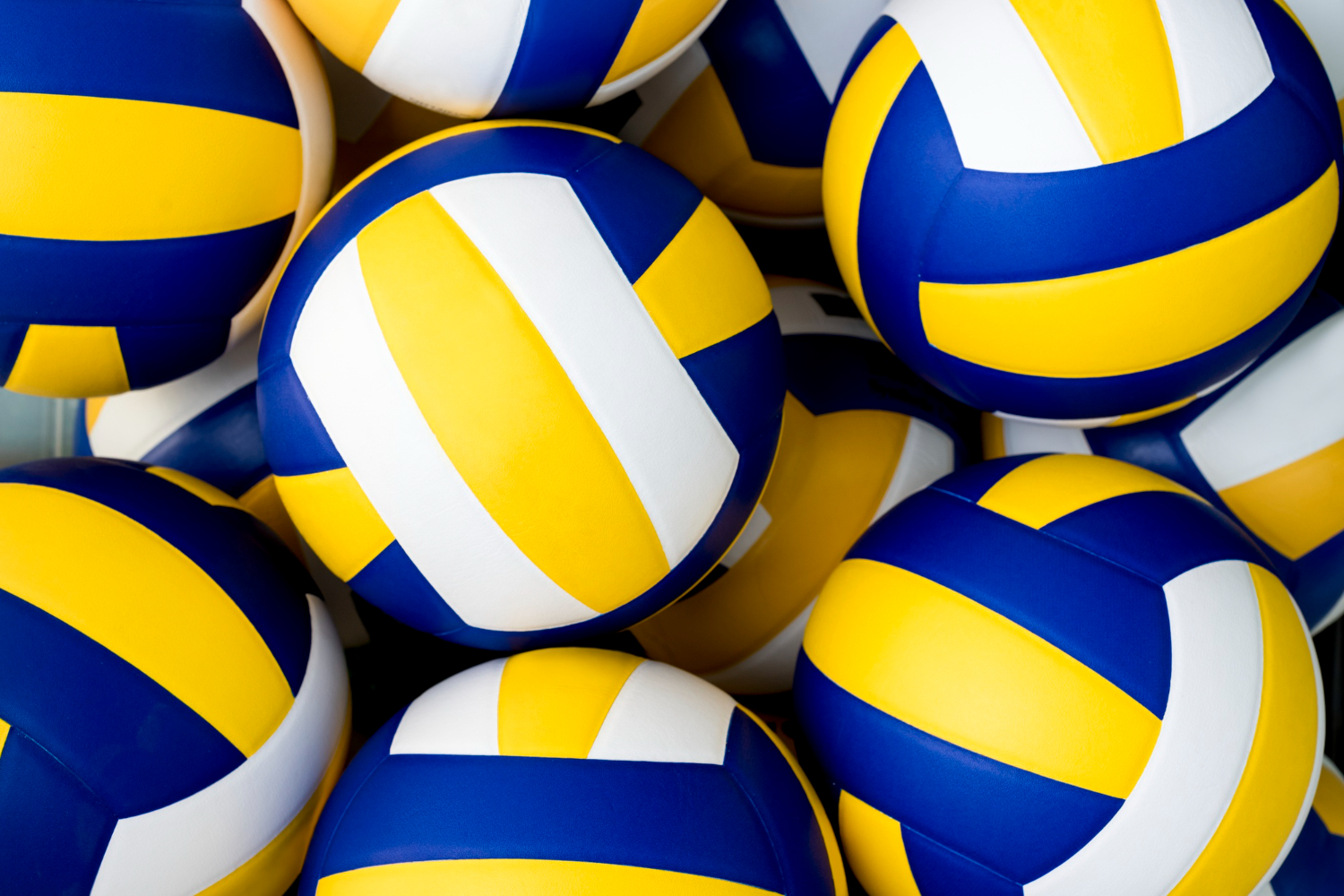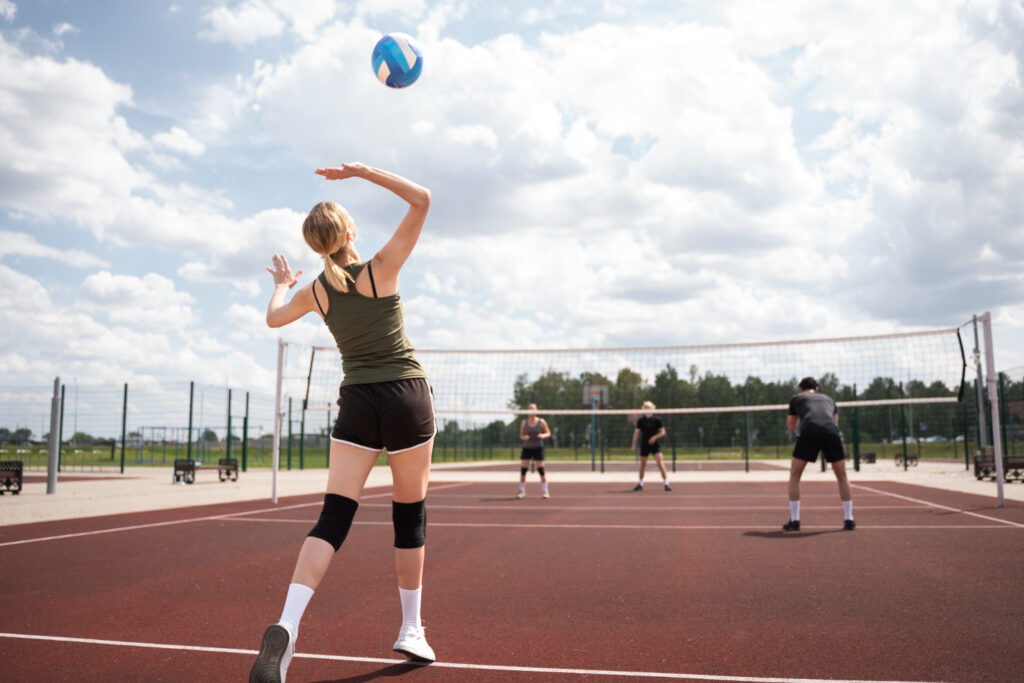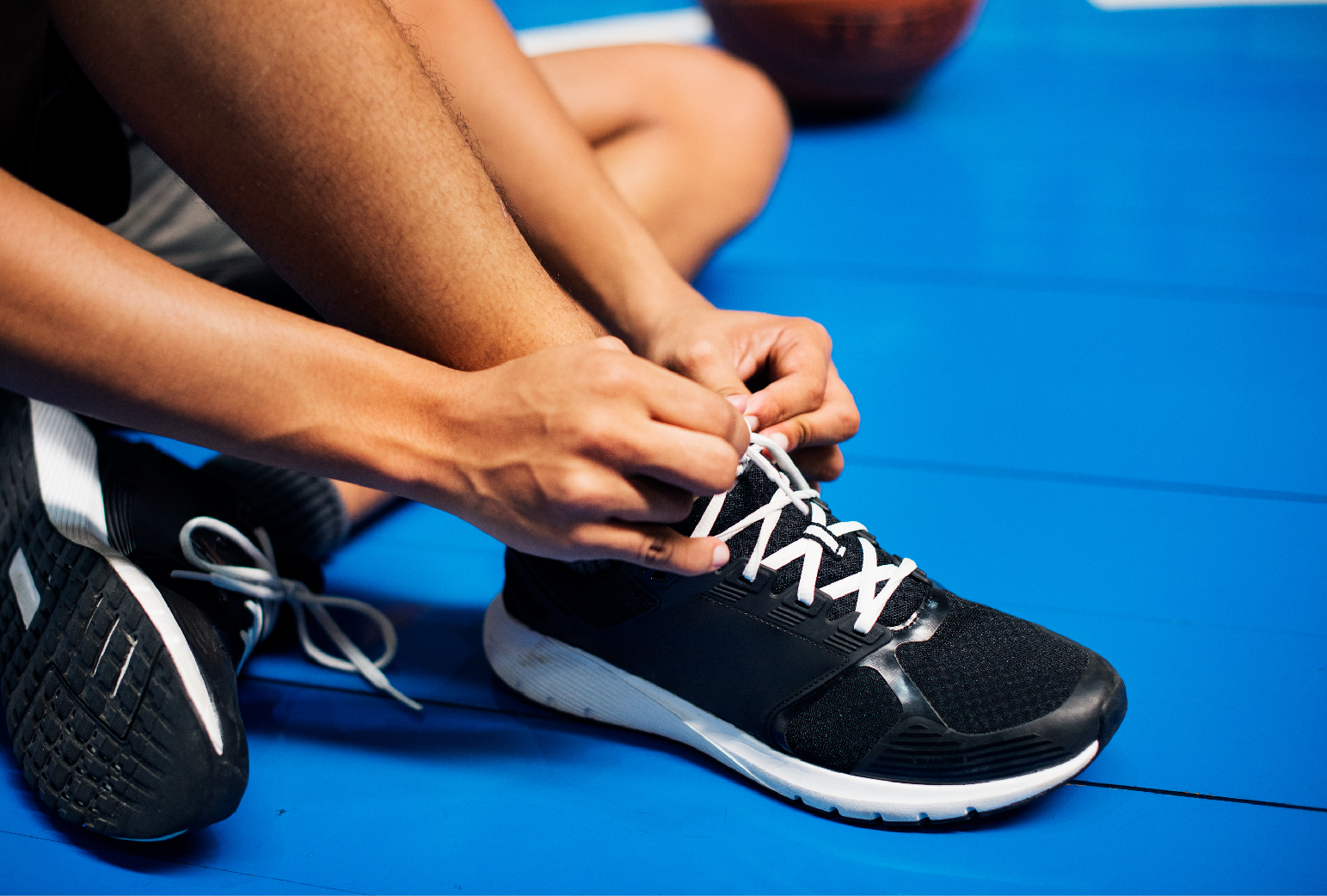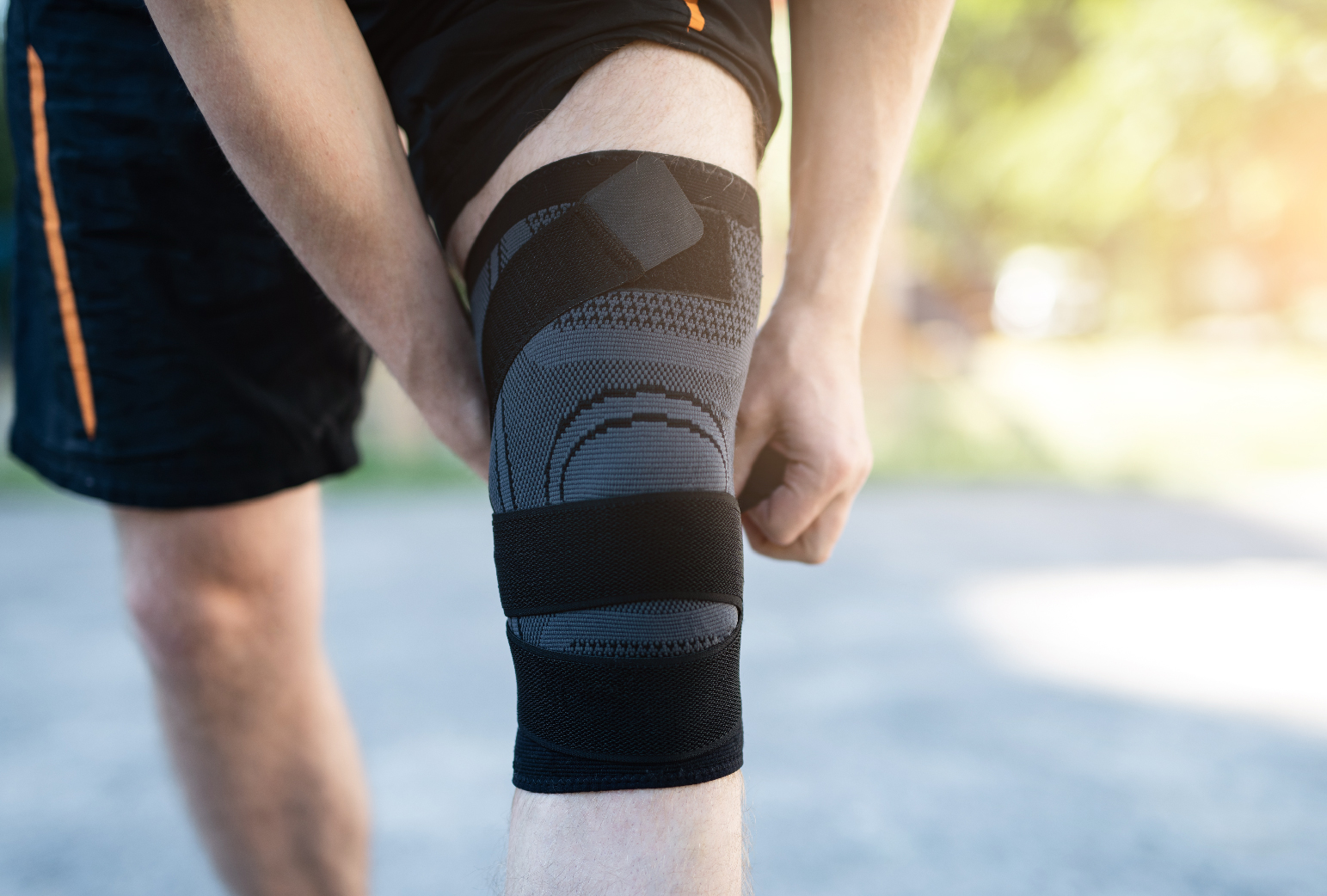

Someone who has played competitive volleyball has likely heard of the Butterfly Drill. It’s a great exercise for warming up or practicing different abilities.
Depending on your needs, you may tailor it to serve, pass, or set. The Butterfly Drill for volleyball is a common practice for coaches of varying experience levels. Read on to learn about the many applications of this drill, how to execute it in a variety of forms, and more.
Well! If you want the drill to move smoothly, the setter ought to tie the ball to oneself and roll it to the next player in the playing line.
There are two points when a line is created
Passers on the sidelines wait to join the practice.
The server’s goal is to hit the ball high enough so it lands in the area of the passer above the net.
The server will then go to the far end of the receiving line after serving.
Third, after the passer has received the serve, he will deliver it to the chosen recipient.
Based on the setup of the drill, the passer has two alternatives after completing the pass:
The setter rolls the ball to the next available server. As soon as the new passer steps onto the court, the following serve is placed into play.
Make the practice more difficult by awarding points for successful passes.
Alternatively, have them aim for a certain number of continuous serves or passes without pausing the practice.
Having a throw or a down ball served instead of an exact serve is one way to simplify things. To simulate a serve-and-receive situation, move the passer to a different location.
In Hustle Mode, viewers are required to hold off entering the court until the serve is made. The receiver will feel much greater pressure as a result of this.
Instead of serving, the back-row hitters may approach the court from the same place, and the setter can set the ball to them. It presents a new difficulty level, which is perfect for expert groups.
The drill’s pass-catchers should be the primary attention of the coaches. It will be immediately apparent if a server is wrong.
The Butterfly Drill for volleyball requires participants to tune out distractions and focus on the job at hand.
First, unless it’s a free ball or a high, soaring hit, passers shouldn’t line up to the receiver. Highlight the importance of setting up an effective throwing platform to deliver the ball to the desired receiver.
Second, have the passer hold their position after each pass to assess how effective it was. One needs to take a glance over the deck to identify the source of a failed pass.
Third, the floor must be solid and placed at an off-center angle from the primary structure. Putting one’s weight and shoulders forward promotes a solid, steady platform from which to pass.
Fourth, the goal of this exercise is to promote initiative. There should be a sprint between each step of the serve, pass, and serve.
You should tell your servers to challenge anyone who goes by. The higher the quality of your players, the more difficult the serve should be.
For a throw to be considered good, the receiver must take no more than one step in either direction.
Coaches should look for exercises that improve many skills. The Butterfly Drill for volleyball is a great way to get everyone on the field working together to improve their abilities. The drill’s mobility is a major plus. Players may initiate it and manage it independently of any coaching staff. If the exercise becomes too hectic for your players’ skill level, you may reduce the number of balls in the rotation or switch to tosses instead of serves. You should include the Butterfly Drill for volleyball in your training sessions. Enjoy a simple, continuous drill that needs minimal supervision after a calm and careful setup.

Hi, I'm David Muse, the founder of Volleyball Spikes. My days are spent with workouts and article writing, mostly for Volleyball Spikes. With 15 years of expertise and a history of competing on an international scale... It's fair to say that my knowledge of volleyball is pretty good.
MEGA4D is your go-to destination for comprehensive knowledge about volleyball game-play. Get a complete buying guide to the best and latest volleyball equipment, learn about volleyball positions, rules and training to train yourself with expert experience!



Subscribe to our newsletter and we’ll send you the emails of latest posts.
Copyright © Volley Ball Spikes 2023. All Rights Reserved Design By Digital Korbax LLC